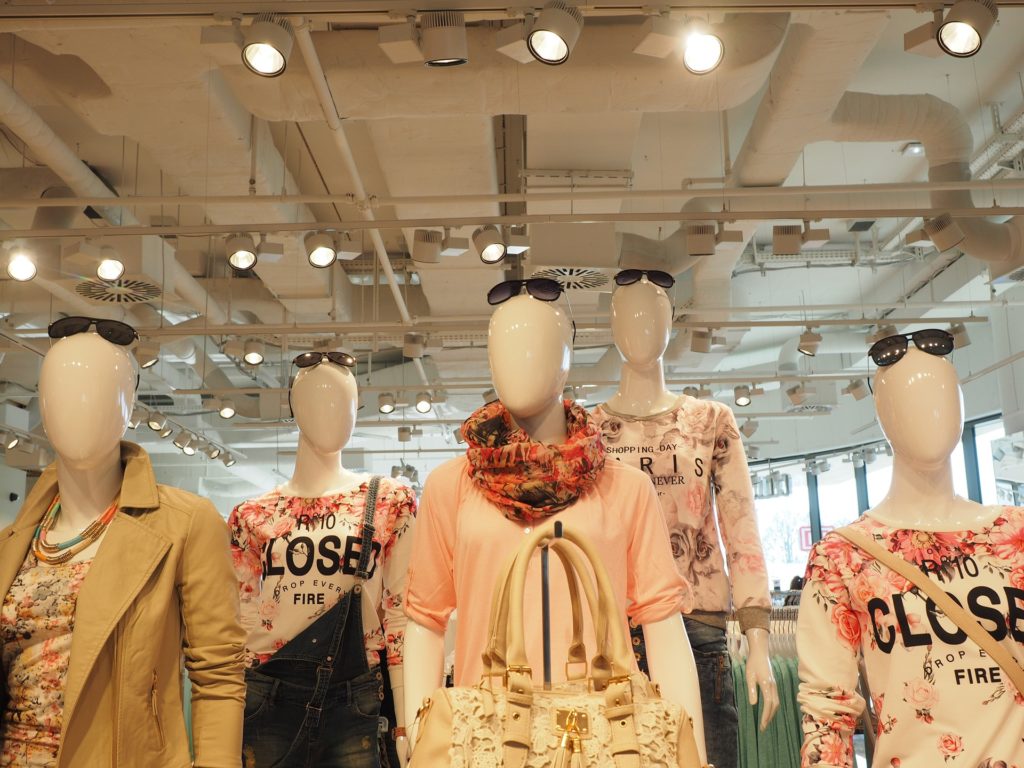The organised retail sector in India has undergone remarkable growth in last decade, thanks to favourable demographics, growing consumer aspirations and brand consciousness. Correspondingly, the fashion retail category has also undergone profound transformation over the years in terms of type and positioning of brands, formats, products and emergence of new players. Fashion retailers have not only expanded in metros but have also moved into small towns and state capitals (Tier 2 and 3 cities) with emergence of organised retail spaces in these towns.
Owing to changing market dynamics and growing popularity of online retailing, fashion retailers have become more agile and flexible with their business models. Retailers are adopting multi-channel sales to provide a seamless shopping experience.
The liberalisation of India’s retail FDI (foreign direct investment) policy has further provided impetus for the entry of some popular international fashion brands and fast fashion retailers. In 2015, global fashion brands such as GAP and H&M entered India in order to capitalise the growing consumption and market potential here.

Fashion Retail: Moving With The Times
Indian fashion brands are constantly reinventing themselves to evolve with the increasingly competitive retail landscape. There is now an increasing emphasis on productivity when it comes to the revenue generated per square foot in physical stores. Therefore, fashion brands are reviewing their store networks and undertaking conducting structured research when it comes to location, rentals and sales generation.
In the last decade, there has been a manifold increase in the number of malls, but the quality retail real estate space is still quite limited. Therefore, fashion retailers are currently not only competing for consumer wallet share but also for prime real estate space due to the shortage of quality retail real estate developments in India. Demand for right quality retail spaces in the right locations has increased significantly in recent times.
Across Indian shopping malls, there has a significant rise in the number of retailers in the premium and high-end fashion segments over the last decade. However, it has become more important than ever before for retailers to understand the need for customisation of product offerings and formats across different micro-markets.
End of Cookie-Cutter Approach
We have seen that what works in a shopping mall in one region may not work in another. Within the fashion segment, there are also variations in type and positioning of brands across various malls depending upon the location and catchment. In other words, the real estate strategies of fashion retailers are customised according to micro-markets, taking into account the shopping preferences of the potential shoppers.
In order to cater to aspirational and discerning consumers, newer formats that integrate technology and improved shopper experience have been conceptualised. Retailers have become more relationship and experience-focused, as opposed to being purely business-oriented. More efficiency, adoption of technology and increased in-store engagement has become the mantra for success.
Currently, the fashion category occupies 45-60% of mall spaces in India. The past few years have seen the emergence of national-level women ethnic and fusion wear brands which are expanding aggressively across the country. Western wear brands, including fast fashion and casual wear, are also expanding rapidly due to increasing demand by consumers.
Indian fashion retail is witnessing entry of fast fashion retailers. Fast fashion is the term used for apparel designs moving quickly from ramps (fashion shows) to stores so as to capitalise on the current fashion trends. Fast fashion clothing collections are based on the most recent fashion trends and change with fashion seasons every year.
Fashion Retail: Key Trends
The key trends witnessed in the fashion category over the past few years include:
- Increasing number of brands in the premium fashion category
- Entry of newer global brands and fast fashion retailers in India
- Growing demand for quality Grade-A retail real estate space
- Emergence of fast fashion retailers as anchors in malls
- Introduction of new formats and the adoption of technology by fashion retailers
- Growing prominence of western wear and fusion wear
- Customisation of retailers’ real estate strategies for different micro markets
- Increasing competition necessitating regular evaluation of brands’ performances by shopping malls
- Regular churn in prime shopping malls to accommodate newer global and high performing brands
Future of Fashion Retail in India
Going forward, fashion retailers will continue to command a prominent presence in Indian shopping malls. It is expected that more fashion brands will open ‘experience stores’ and newer formats, and strengthen their footprints across the country. Established fashion retailers are expected to lap up opportunities to expand further in secondary and tertiary cities to fuel growth.
Major fashion retailers will have to innovate and come up with newer formats to sustain in the highly competitive market environment. Interactive and enhanced consumer experience will be the key for success for fashion retailers. Even global fashion retailers will expand their footprints across India to maximize their profitability.
The Indian fashion retail market is open for greater brand assortment, but requires more customised approach for different market locations to suit different buyer requirements and preferences.
Author: Pankaj Renjhen, Managing Director – Retail Services, JLL India. JLL is a global real estate consultancy firm offering specialized real estate services to clients seeking increased value by owning, occupying and investing in real estate.